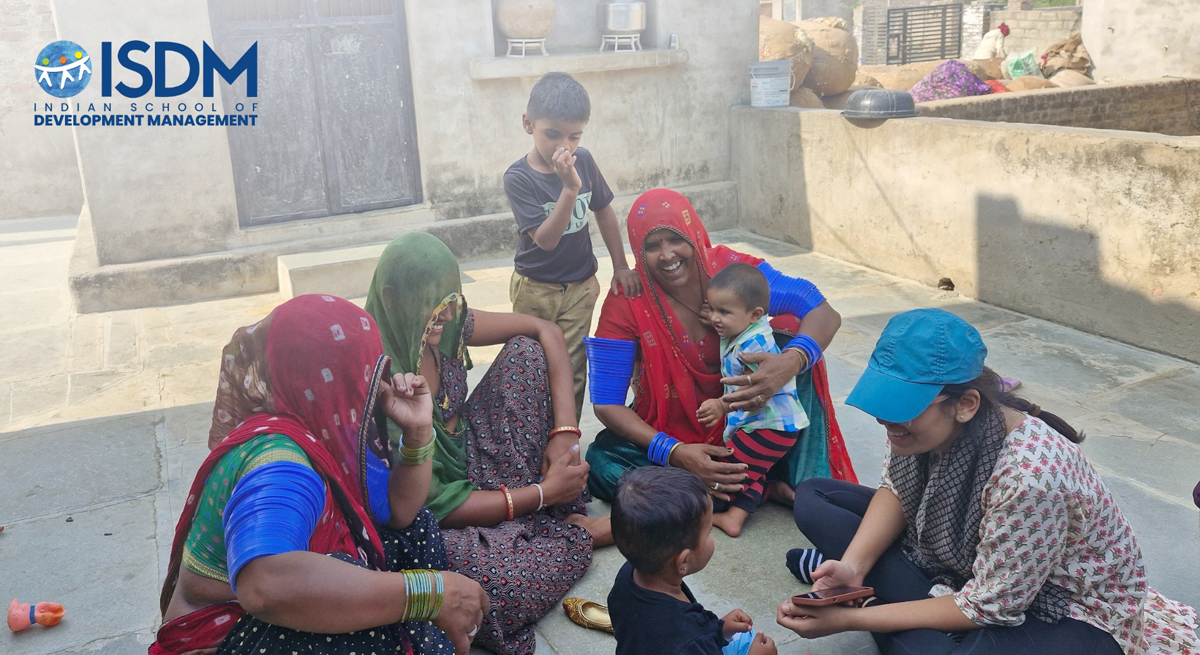|
Published: 25 October, 2024
Today, humanity exists in an interconnected globe with severe collective problems such as climate change or poverty/inequalities. The United Nations established the Sustainable Development Goals (SDGs) as a reference to address such conflicts and give better lives for people in all areas of our planet. Their main aim is to tackle these challenges along with others to make the world more sustainable for future generations. But what exactly are these SDGs, and what benefit can we or the environment get from them? Well, here we will discuss the same and cover their aim, objectives, importance, and more. Sustainable Development Goals MeaningThere are 17 goals defined in SDGs and they are focused on the sustainable development of our future generations. These are designed explicitly for poverty eradication, environmental protection, and the promotion of our well-being. The SDGs meaning is no longer confined with terms like goals- they have been taken as a blueprint for sustainable development that lasts. Study at ISDM The Evolution of SDGs from MDGs MDGs, formed in 2000, were focused on reducing poverty, mortality and lack of education in developing nations. MDGs were successful to an extent. However, there were some issues related to the way they were implemented. Later on, in 2015, SDGs came into action with motivation similar to that of MDGs. This sustainable development project is more inclusive as it embraces both developing and developed countries. The SDGs were created with the conviction that every nation will have to participate in the achieving of these goals thus leading toward sustainable development. Key Differences Among MDGs and SDGsEven though it is easy to assume that SDGs are similar to MDGs, which is to some extent true, however they both are somewhat different in some factors. These are: MDGs were meant for more developing countries and contained individual problems focused on poverty, hunger and health. SDGs are more wholesome and focus on both developing countries as well as sustainable management. MDGs consisted of 8 goals; SDGs increased to 17 goals, including more factors. MDGs were focused on poverty, education, and health. Besides these topics, SDGs also promote equality, climate change, gender equality, and more. Overview of the 17 SDGsThe SDGs are grouped into three broad categories: Social, Environmental, and Economic Goals. As mentioned, there are 17 SDGs, and they are: No Poverty: Complete eradication of poverty in all of its forms everywhere. Zero Hunger: End hunger, promote agriculture, and provide food for every person. Good Health and Well-being: Ensure health and provide care for everyone regardless of their age. Quality Education: Ensure quality education that is equitable and inclusive. Gender Equality: Eradicate gender-based discrimination and empower all women. Clean Water and Sanitation: Ensure and develop appropriate water supply and waste disposal systems. Affordable and Clean Energy: Provide access to affordable, reliable and modern energy. Decent Work and Economic Growth: Provide constant and inclusive enhancement of economic activities. Industry, Innovation, and Infrastructure: Develop resilient infrastructure and enhance creativity. Reduced Inequalities: Further decrease and eradicate the inequalities that exist. Sustainable Cities and Communities: Develop cities and communities that are inclusive, safe, resilient and sustainable. Responsible Consumption and Production: Promote patterns of consumption and production that are sustainable. Climate Action: Make urgent efforts to combat climate change and its effects. Life Below Water: Protect and manage the oceans, seas, and marine resources. Life on Land: Conserve and promote the sustainable use of land-based ecosystems. Peace, Justice, and Strong Institutions: Support the achievement of peaceful and constructive solid societies. Partnerships for the Goals: Revamp and strengthen global partnerships for sustainable development. Why Are SDGs Important?SDGs are essential to build a better future. Following are the reasons that make these important: Extend to creating a universal response to various issues being faced. A balance among the environment, society, and economy is created. Upon achieving these goals, natural resources are sustained. Eradicate poverty along with promoting development. ConclusionSDGs are more than just the goals to be achieved; they are the means to make a sustainable and peaceful future. These goals cover the issues that are highly faced in both developing and developed countries as well. If these are achieved, then the coming generations will not only coexist with nature but will flourish. (责任编辑:) |

